
On May 17, 2024, Brigadier General Clarence E. “Bud” Anderson, a venerated figure in the annals of military aviation, passed away at the age of 102.

Known as America’s last World War II “triple ace,” Anderson died peacefully in his sleep at his home in Auburn, California, leaving behind a storied legacy that spanned more than three decades of dedicated service.

Anderson’s journey began in Oakland, California, where he was born on January 13, 1922. His love for flight took shape early, acquiring his private pilot’s license at 19.
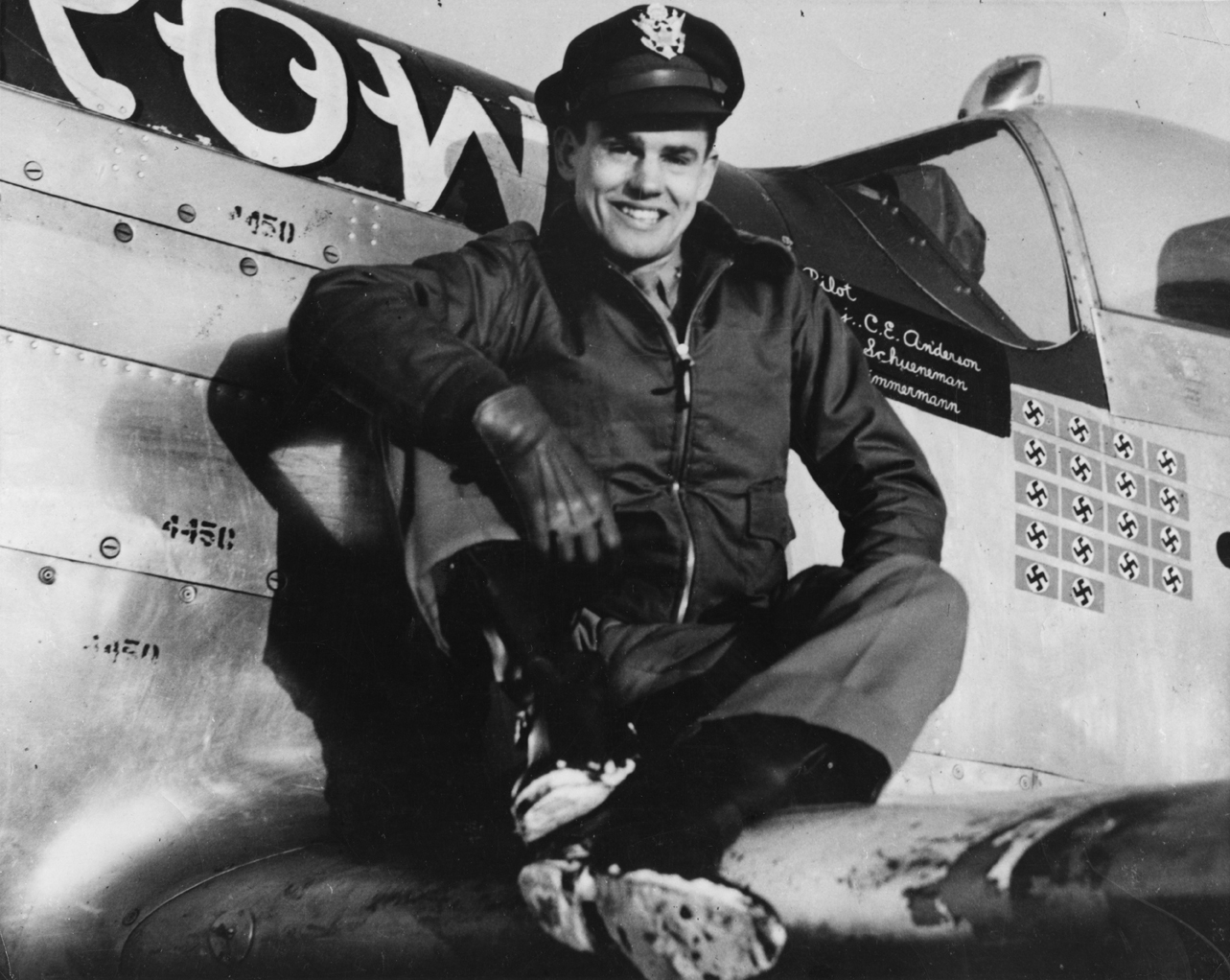
By September 1942, after joining the U.S. Army Air Forces, he earned his wings and embarked on a path that would see him become a legend in the sky.
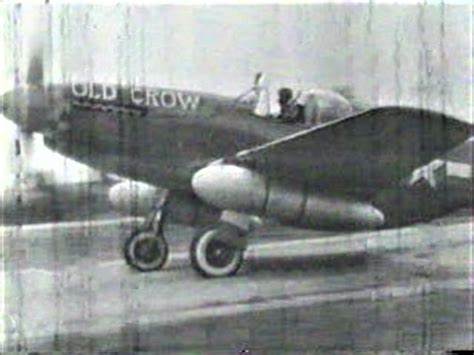
During World War II, Anderson, as part of the 357th Fighter Group, flew the iconic P-51 Mustang—dubbed “Old Crow” after his preferred whiskey—and achieved an unparalleled record of 16 victories through 116 missions over European skies, all without a scratch from enemy aircraft.
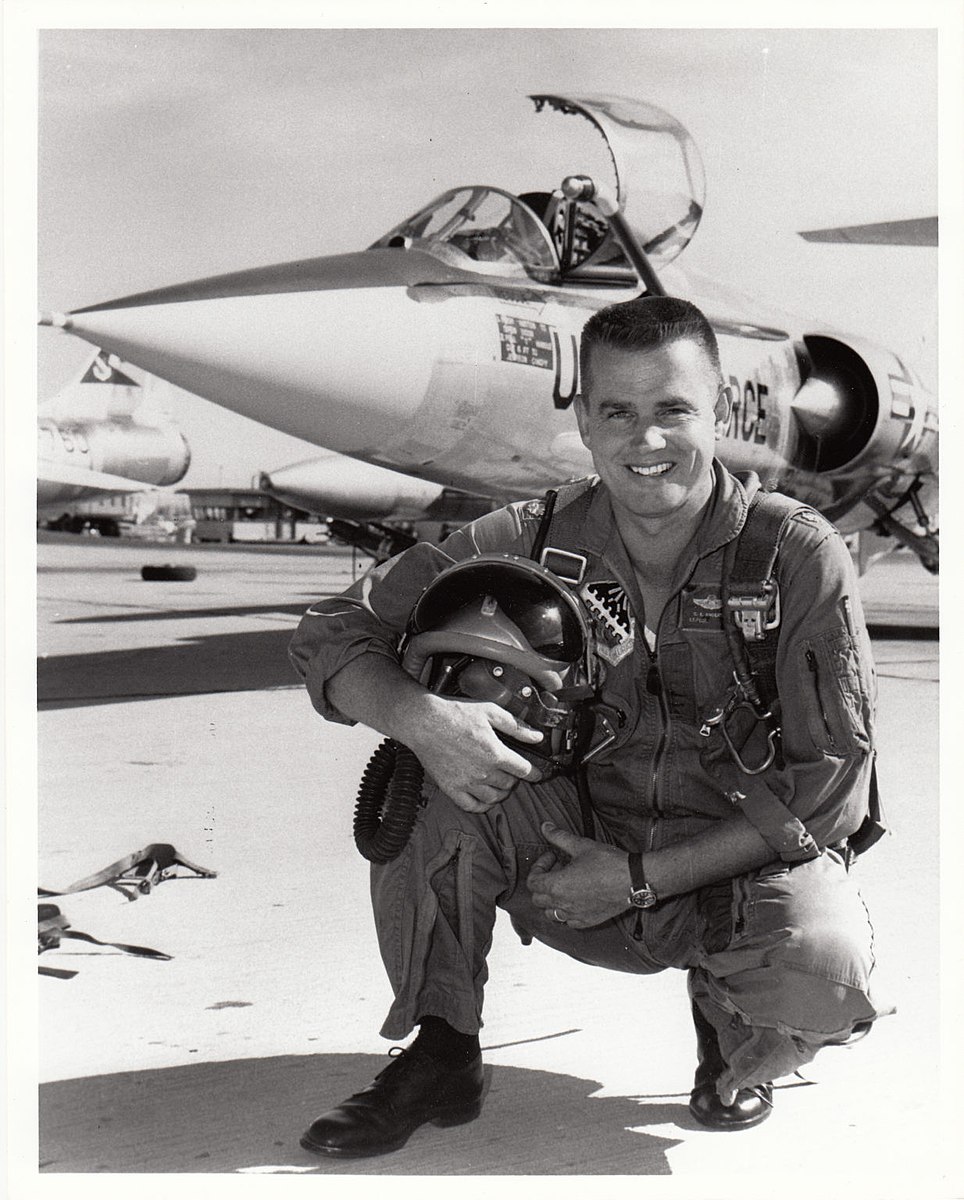
His extraordinary feats in aerial combat earned him the title of “triple ace,” a distinction accorded to the elite few who have downed at least 15 aircraft in combat.

His prowess as a pilot was acknowledged by his peers and later generations, earning accolades and reverence. Jim Kidrick, President & CEO of the San Diego Air & Space Museum, remarked, “Anyone alive who has ever flown a fighter plane looked up to Bud Anderson and the men who flew like him during a time of our country’s greatest need. Bud was an American hero, a true gentleman and great friend of the museum.”

Anderson’s post-war career was equally distinguished. He served as a test pilot, contributing significantly to the advancement of military aviation, and flew over 130 different types of aircraft, logging over 7,500 flying hours.

His involvement in experimental programs, such as coupling jet fighters to bombers for range extension, showcased his innovative spirit and his commitment to pushing the boundaries of aeronautics.

Beyond the cockpit, Anderson served in the Pentagon, commanded fighter wings during the Vietnam War, and after retiring from the military in 1972, he continued to shape the future of flight through his work at the McDonnell Aircraft Company.

His life’s work and contributions were celebrated with numerous decorations, including five Distinguished Flying Crosses, the Bronze Star, and two Legion of Merits.

The recognition extended beyond service medals; he was inducted into the National Aviation Hall of Fame in 2008 and received the Congressional Gold Medal in 2015.
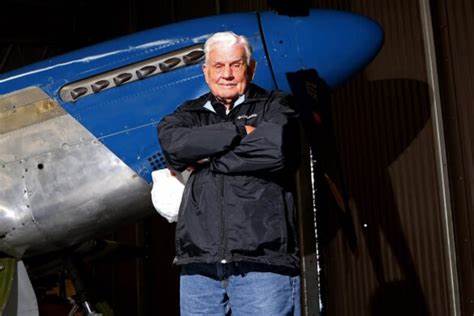
In personal tributes, his children, Jim Anderson and Kitty Burlington, reflected on their father’s remarkable life, saying, “Dad lived an amazing life and was loved by many.”

Bud Anderson was not only a combat hero but also a cherished family man, remembered fondly by his two children, four grandchildren, and five great-grandchildren.
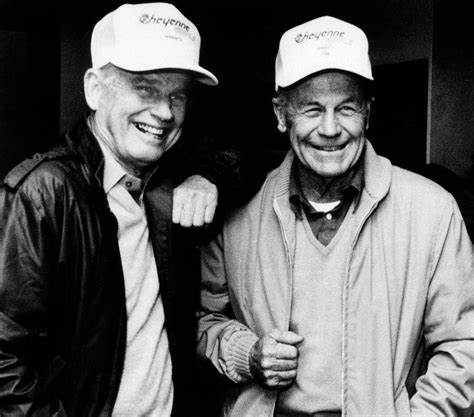
His passing marks the end of an era, but his legacy as a pilot, a pioneer of aviation, and a national hero endures. Those who knew him, served with him, or simply marveled at his accomplishments from afar, acknowledge that in the realm of military aviation, Bud Anderson was indeed the “best fighter pilot I’ve ever seen,” as described by his longtime friend and fellow aviation legend, Chuck Yeager.
Relevant articles:
– World War II Triple Ace Bud Anderson flies west — General Aviation News, General Aviation News
– Last WWII triple ace flies west at 102, Globalair.com
– Bud Anderson, WWII Triple Ace and Air Force Test Pilot, Dies at 102, Air & Space Forces Magazine
– Bud Anderson, America’s last World War II ‘triple ace,’ dies at 102, Air Force Times
